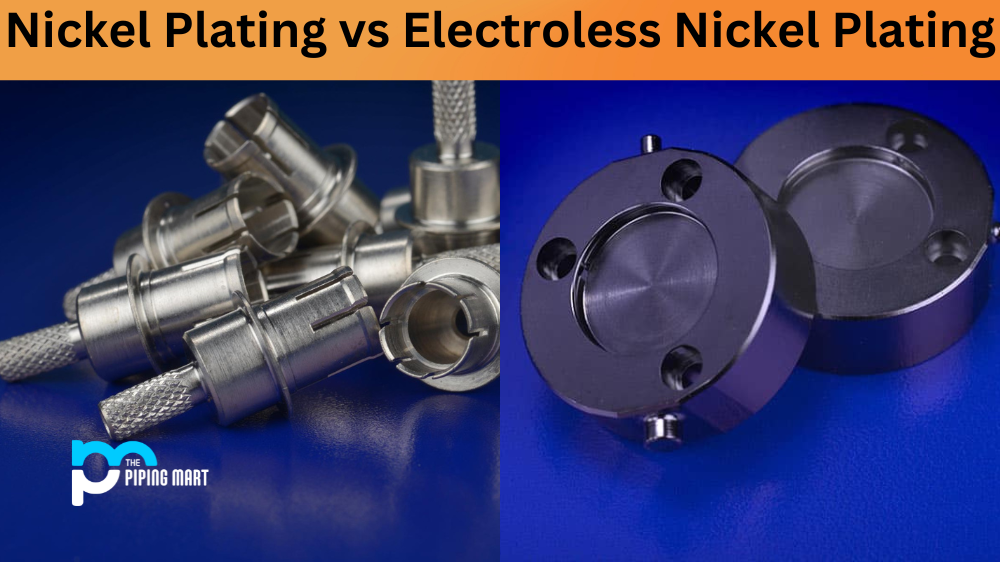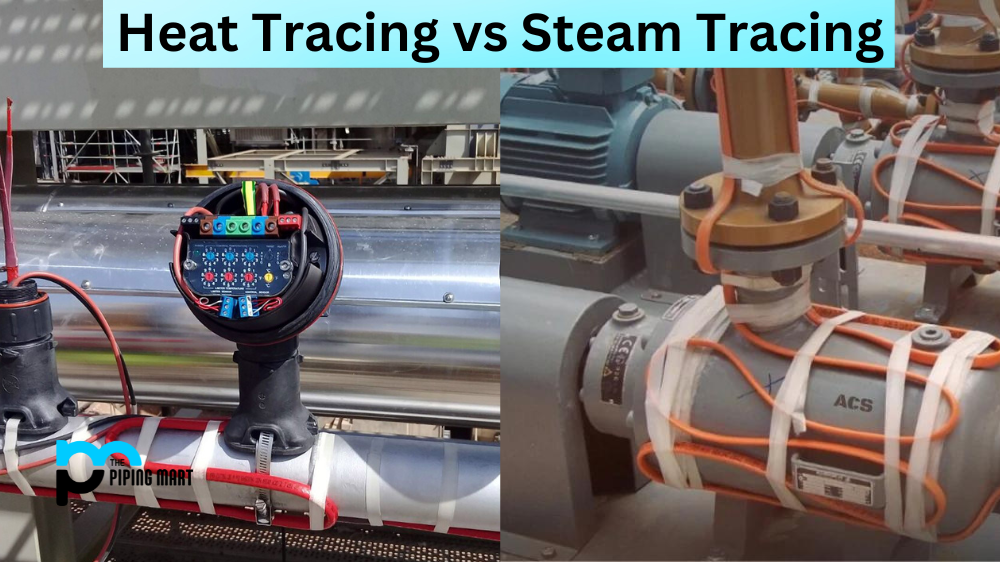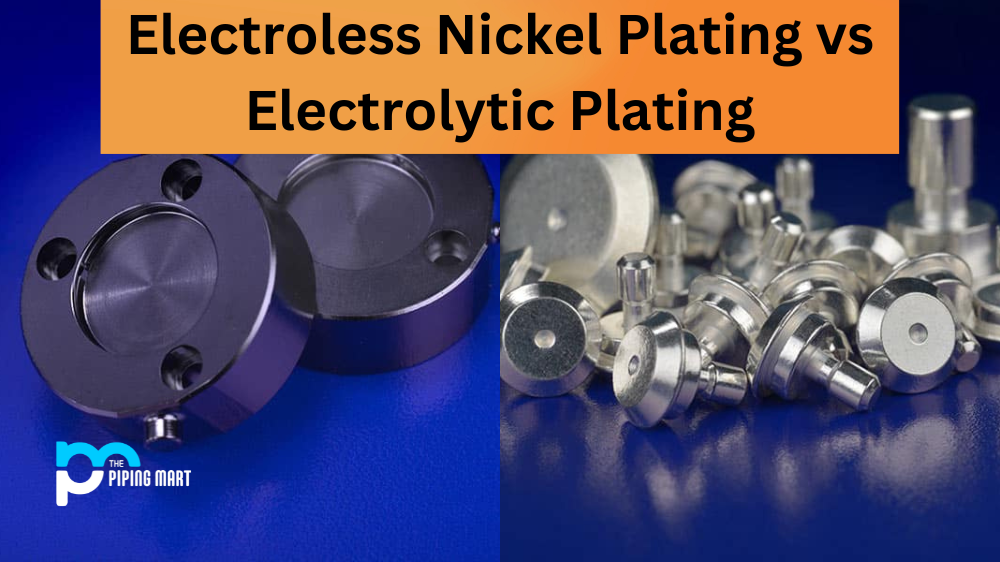Electric arc welding is a welding process that uses an electric current to create an arc between the electrode and the base material. This arc produces enough heat to melt the filler and base materials, allowing them to be fused together. It is one of the most commonly used types of welding due to its versatility and affordability. Let’s take a closer look at some of the different electric arc welding processes.
Types of Electric Arc Welding
Shielded Metal Arc Welding (SMAW)
Shielded metal arc welding, also known as stick welding, is one of the oldest and most popular electric arc welding processes. In this process, an electrode made from a flux-covered consumable wire creates an arc between itself and the base material. The flux coating helps protect the weld pool from contamination by atmospheric gases during cooling. SMAW is used for various materials such as steel, stainless steel, aluminium, bronze, copper alloys, and cast iron. It requires minimal equipment but skill and practice to produce quality welds consistently.
MIG Welding (GMAW)
Gas metal arc welding (GMAW), also known as MIG (metal inert gas) welding, has been around since 1948 when it was developed as an alternative to shielded metal arc welding. In this process, an electrode made from a solid or flux-cored wire is fed through a gun, creating an arc between it and the base material. The weapon also supplies a shielding gas that protects the weld pool from contamination during cooling. GMAW can be used on many materials, including aluminium alloys and stainless steel. Still, it is not suitable for use with nonferrous metals such as copper or brass due to the high temperatures required for operation. It is often used in industrial applications due to its speed and ease of use.
TIG Welding (GTAW)
Tungsten inert gas (TIG), also known as GTAW (gas tungsten arc welding), is a type of electric arc welding that uses a non-consumable tungsten electrode instead of a consumable wire electrode like in SMAW or GMAW processes. It requires more skill than other types due to its slow speed but produces higher quality welds with very little spatter or distortion than other techniques. TIG can be used on most metals, including aluminium alloys, stainless steel, mild steel, nickel alloys, magnesium alloys, copper alloys, etc., making it highly versatile for many applications in industries ranging from aerospace to automotive manufacturing and fabrication shops alike.
Atomic Hydrogen Arc Welding (AHAW)
Atomic Hydrogen Arc Welding (AHAW) is an advanced welding technique that can create incredibly strong bonds between two metals. What sets it apart from more traditional welding methods is its reliance on the atomic structure of hydrogen gas to generate a more intense, reliable heat source. By passing an electric arc through a pair of tungsten electrodes submerged in a flow of purified hydrogen gas, the heat generated due to the reaction between the atoms becomes hot enough to melt any type of metal while also creating a stronger bond between them. AHAW is ideal for welding large components due to its portability and flexibility, not to mention it requires fewer consumable parts than other forms of welding. This makes it an attractive option for many industries needing precise and strong welding jobs done quickly and efficiently.
Carbon arc welding
Carbon arc welding is a highly advanced process that uses an electric current and heat release to bond together two pieces of metal. This specialized welding technique has been widely used for many years in industrial environments. Still, today can also be found in fabrication shops and on construction sites all over the world. The beauty of this method lies not only in its strength and superior ability to create smooth joints but also in its simplicity and low cost. What started as a revolutionary process has now become a very accepted, standard part of our modern workplace, proving how important technological advancements can be to making workplaces worldwide thrive.
AC Metallic Arc Welding
Arc welding is a commonly used method in many industries, so it’s important to understand how it works. AC Metallic Arc Welding is a specialized type of arc welding that uses an electric current created between two electrodes inside the welding machine. The current creates an intense heat that melts and welds the metals together, forming a strong bond. AC Metallic Arc Welding can join larger pieces of metal with precision due to its ability to control the amount of electric current and heat used during the process. It also produces less smoke than other commonly used welding methods, reducing unpleasant smells in environments where welding is being done. It is also cost-effective, making it a great option for anyone looking to join large metal pieces or those working on industrial projects.
DC Metallic Arc Welding
DC Metallic Arc Welding is a commonly used form of welding which utilizes electricity to create an electrical circuit between two metals. This process uses a direct current electric arc as a heat source, tempering the heat generated from the arc and providing a molten pool of metal that can be fused. The direct current also performs the task of melting away oxides presented on each metal’s surface, ensuring a clean bond. This type of welding is advantageous because it is cost-effective and enables welders to perform more intricate projects that would not otherwise be possible with other techniques, such as Oxyacetylene welding. DC Metallic Arc Welding is highly durable, often favored in industries where extreme strength is required, such as aerospace engineering and automotive manufacturing.
Conclusion:
Electric Arc Welding offers many advantages over traditional methods; they are relatively inexpensive compared with other methods like oxy-fuel cutting or plasma cutting; they are fast; they produce clean welds with very little spatter; they are versatile enough for use on almost any kind of metal; they require minimal setup time; etc. There are many different types available depending on your application needs, such as Shielded Metal Arc Welding (SMAW), Gas Metal Arc Welding (GMAW/MIG), Gas Tungsten Arc Welding (GTAW/TIG), each offering their own set of advantages that make them uniquely suited for certain tasks at hand, so you must choose the right one for your job! With so much potential at your disposal, there’s no reason why you shouldn’t consider using Electric Arc Welding for your next project!

A passionate metal industry expert and blogger. With over 5 years of experience in the field, Palak brings a wealth of knowledge and insight to her writing. Whether discussing the latest trends in the metal industry or sharing tips, she is dedicated to helping others succeed in the metal industry.




